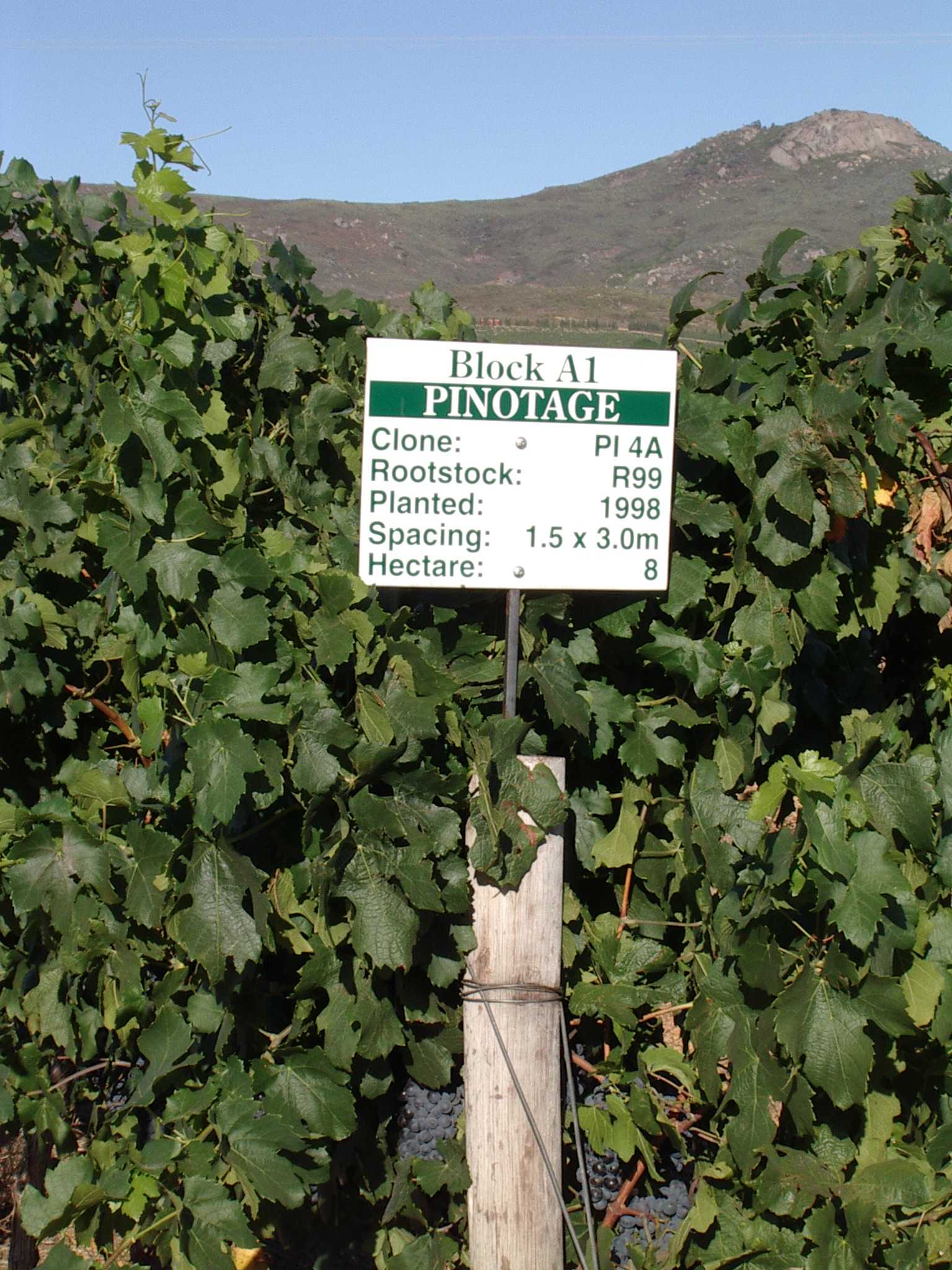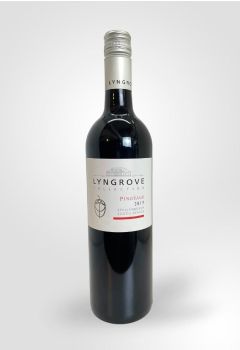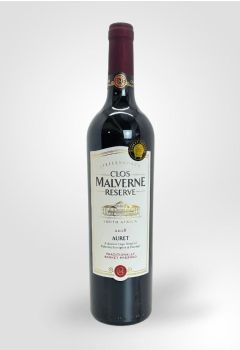
-
- Origin
- South Africa
- Stellenbosch
This Pinotage is a classic style with a bit of spice and flavours of fresh plum, raspberry and toffee vanilla. It is a juicy, medium-bodied fruit-dri... Read More- Origin
- South Africa
- Stellenbosch
This Pinotage is a classic style with a bit of spice and flavours of fresh plum, raspberry and toffee vanilla. It is a juicy, medium-bodied fruit-dri... Read More -
- Origin
- South Africa
- Stellenbosch
Elegant and structured red with deep cassis flavours. Rich and full on the finish with great depth and character. Read More- Origin
- South Africa
- Stellenbosch
Elegant and structured red with deep cassis flavours. Rich and full on the finish with great depth and character. Read More
By the 1990s, certain producers were taking such pains, showing that the ester-like nature of the vine - in large part the cause of its divisiveness and the reason for some complaining that it smelt of paint - could be greatly minimised. Today it continues to be widely grown in South Africa and is increasing in popularity. It is often blended; in fact, Cape blends must comprise between 30% and 60% Pinotage.
Key Regions
South Africa.
Colour and Flavours
The deeply coloured wines produced by this variety are rich, full-bodied and somewhat aromatic; they display earthy, wild fruit flavours such as brambles, sweet red berries and plums - a legacy of the vine's Pinot Noir parentage - and are reminiscent of summer pudding. Generally, Pinotage wines should be drunk young.







